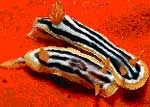Across the equatorial regions of Africa, the Hammer-headed Bat (Hypsignathus monstrosus), the largest bat species discovered on the continent, reigns over the night skies. Despite its fierce appearance, this species primarily feeds on fruit.
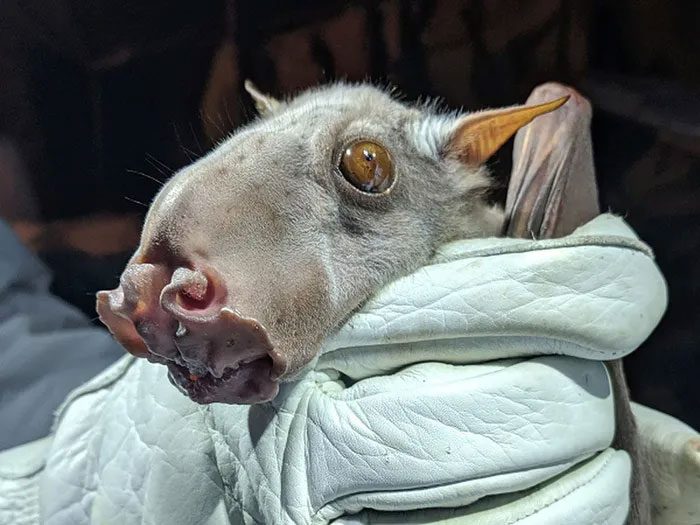
Throughout the equatorial regions of Africa, the Hammer-headed Bat dominates the night with its immense wingspan and can produce astonishingly loud sounds.
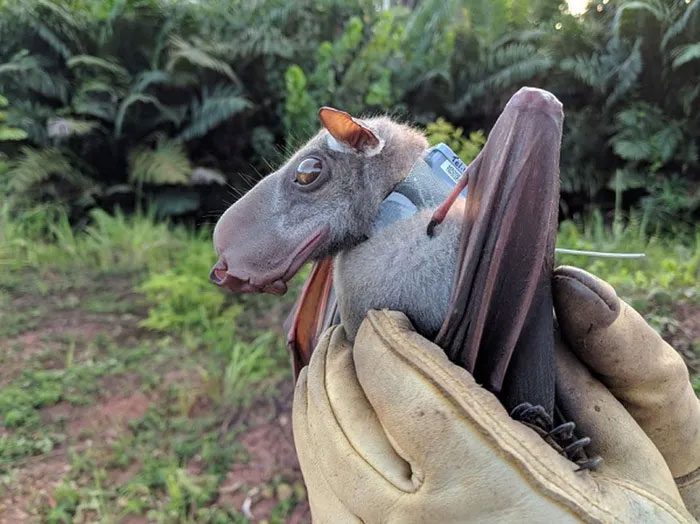
The Hammer-headed Bat is one of the most bizarre bat species in the world.
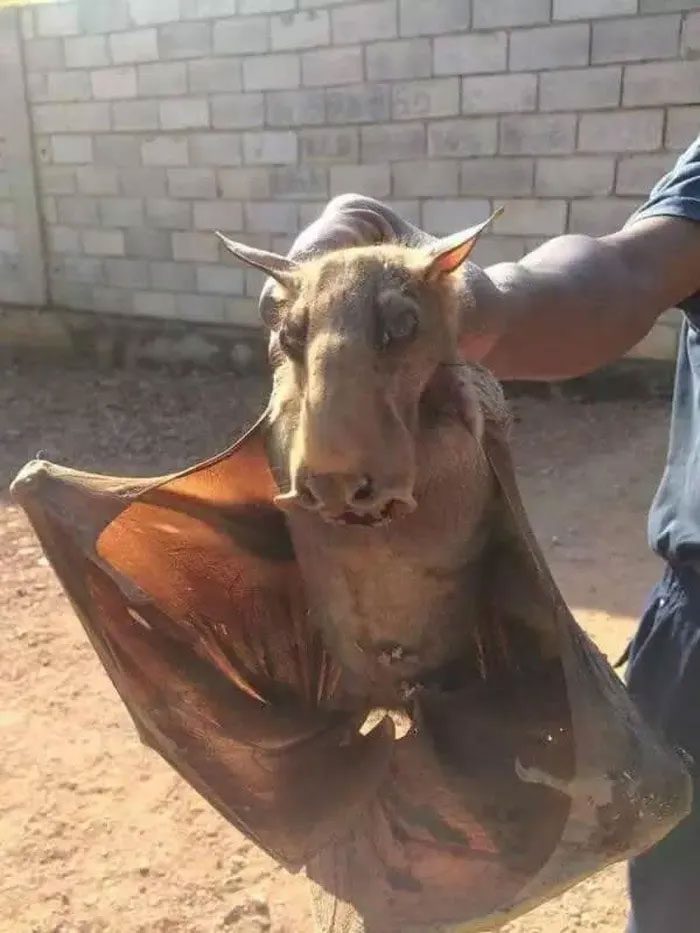
With a wingspan of nearly one meter and weighing about 500 grams, the Hammer-headed Bat is the largest bat species in Africa, according to Bat Conservation International.
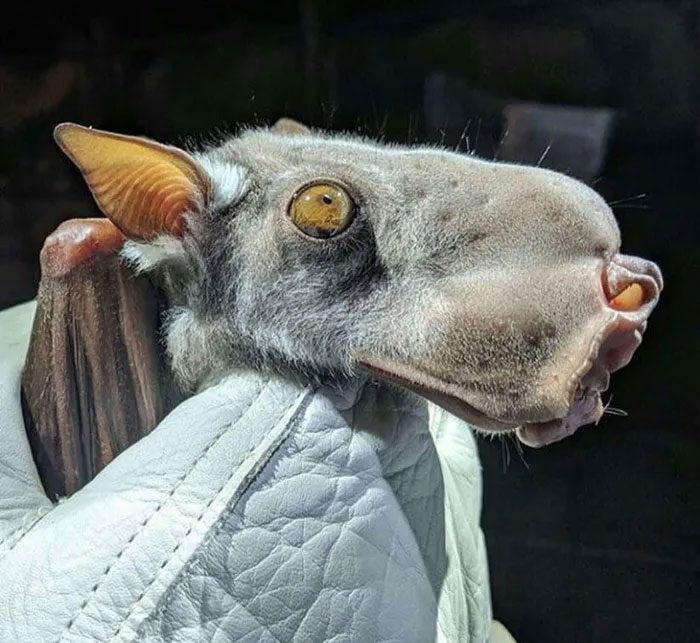
The Hammer-headed Bat has a head that resembles that of a horse.

Hammer-headed Bats are found throughout equatorial Africa at altitudes below 1800 meters. They prefer moist habitats, including rivers, swamps, mangroves, and palm forests.
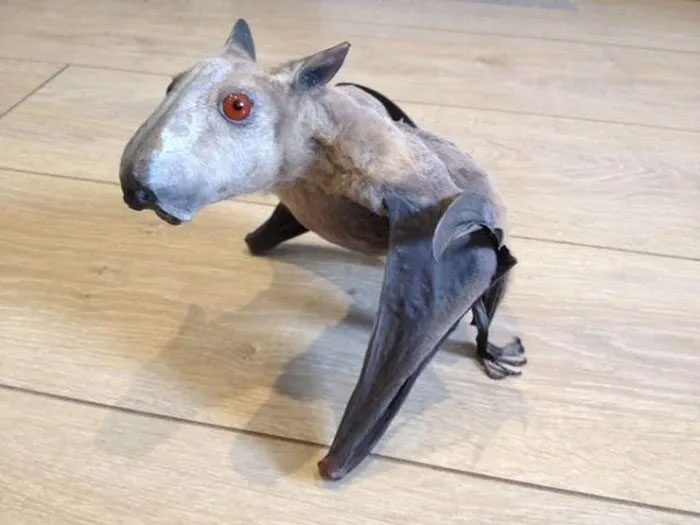
Despite their formidable presence, this bat species has a herbivorous diet, relying entirely on indigenous wild fruits found in West and Central Africa.
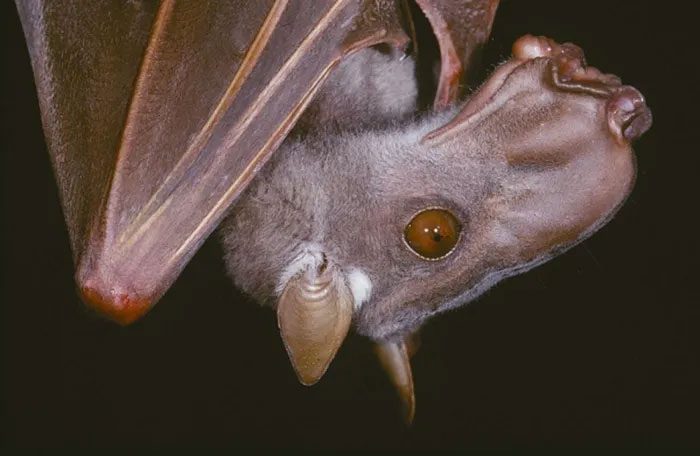
During the day, Hammer-headed Bats roost in trees, using their coloration to camouflage themselves against predators. They venture out to forage at night.
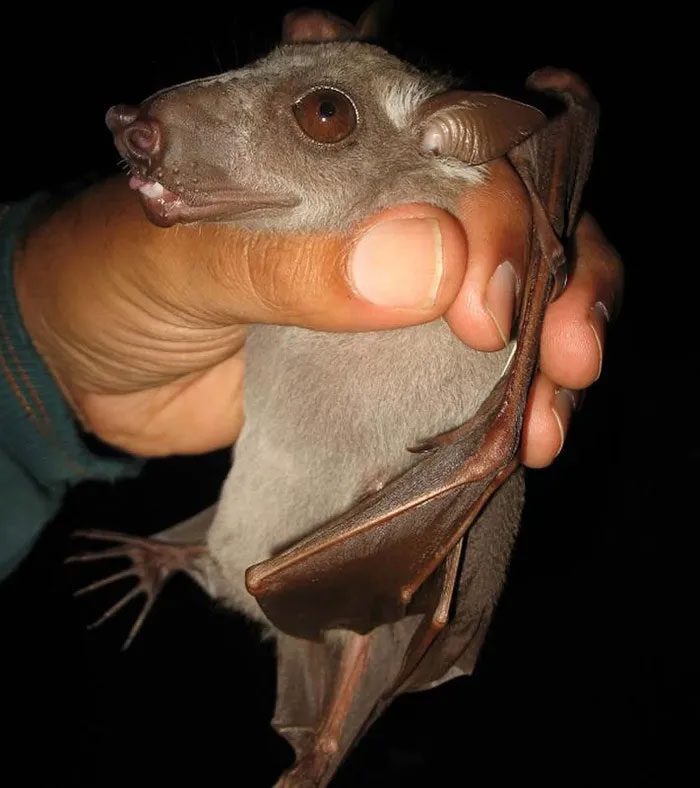
One reason larger bats like the Hammer-headed Bat are nocturnal is that their bodies generate significant heat during flight. Nighttime activity helps them avoid overheating.
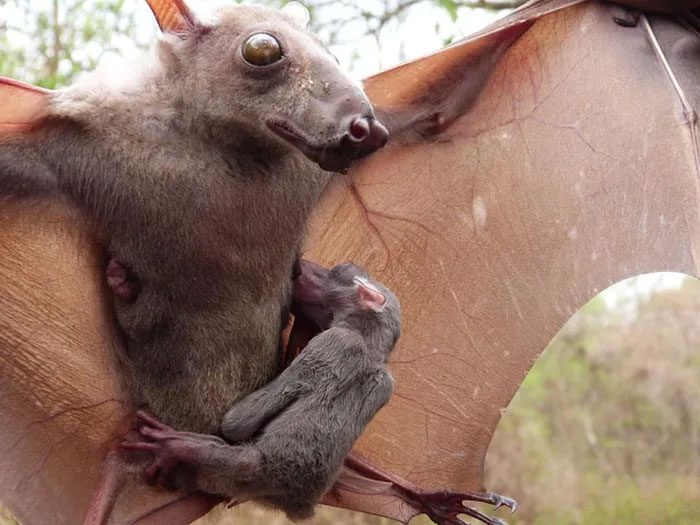
The breeding season for Hammer-headed Bats occurs during the dry season.

In addition to being a food source in several equatorial African countries, Hammer-headed Bats occasionally appear at “food markets” in other parts of Africa.
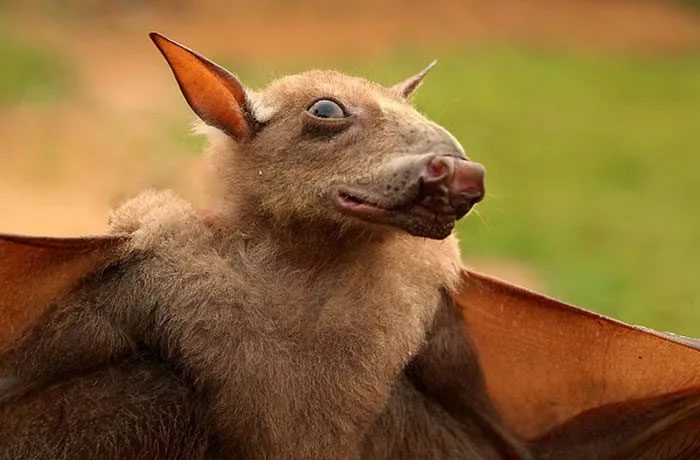
According to researchers, Hammer-headed Bats are believed to be one of three hosts (also including fruit bats) that can transmit the Ebola virus.
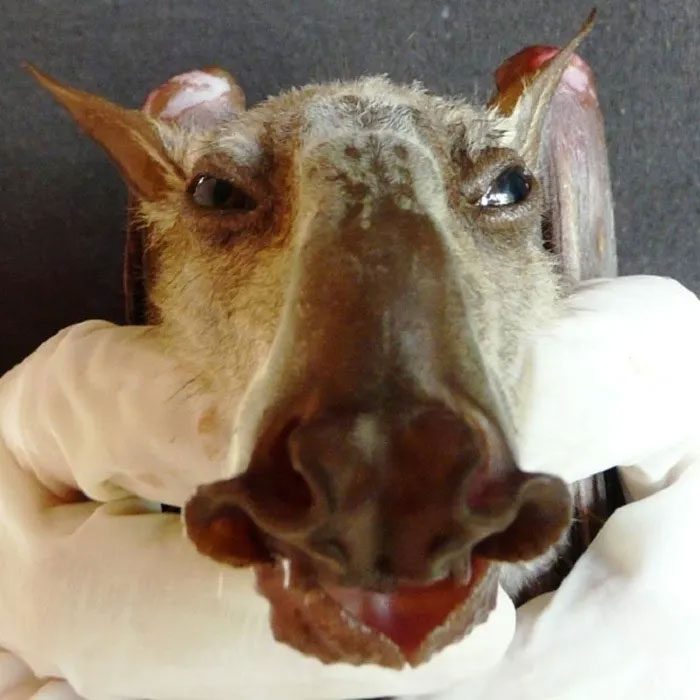
So far, additional research is being conducted by scientists to determine the true nature of Ebola transmission, according to Science, but as of 2022, no definitive studies have linked bats to Ebola transmission.










































